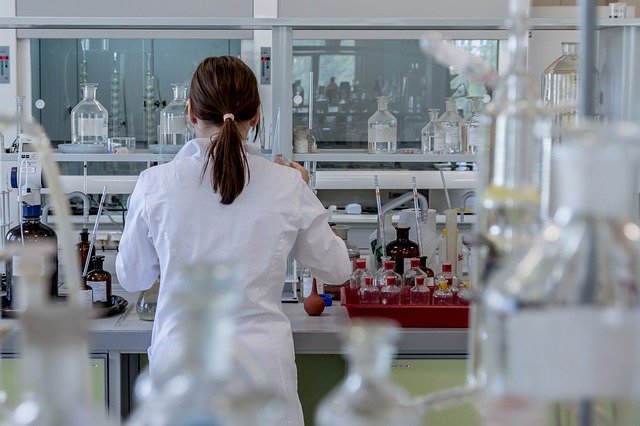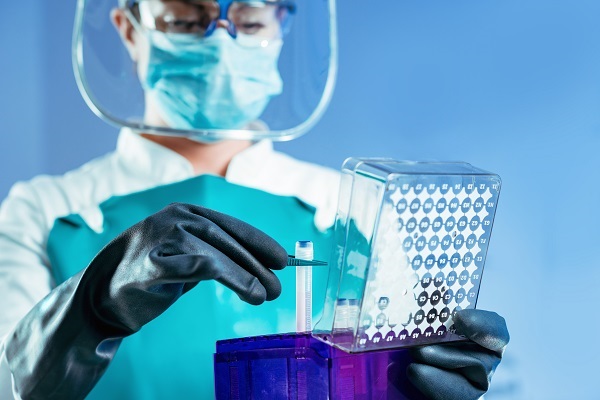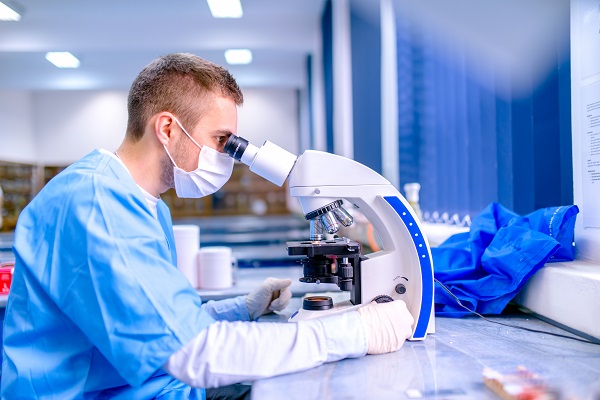
The worlds of science and medicine things change and develop at an alarmingly fast rate - and things won't be slowing down in 2020. We took a look at this article from the Nature Research Journal which rounds up the predictions made by some of the biggest names in science to give you an idea of what to expect in the coming year.

Computing Cancer
Christina Curtis - Computational and Systems Biologist at Stanford University, California
As it stands, we don't know the process by which cancer develops - we can only sample a tumour once it's become physically detectable. This is one of the problems that researchers have been battling for years now, but Curtis' research team might have created something to help study cancer development.
"Our team built a computational model to explore the dynamics of tumour progression while accounting for tissue spatial structure". Using this model, the team are able to simulate different scenarios and create 'virtual tumours' that mimic the tumours of real patients.
They hope that this simulated data can be compared to real-life scenarios, allowing researchers to infer how the tumour came to be.

Better cryo-EM samples
Hongwei Wang - Structural biologist at Tsinghua University, Beijing
Cryo-EM (cryogenic electron microscopy) is a method in which biological specimens are quickly frozen in liquid nitrogen, preserving their molecules and preventing damage during the electron imaging process.
Wang predicts that in two or three years "cryo-EM will become the most powerful tool for deciphering the structures of macromolecules". Hopefully, the development of this technique will help us gain a better understanding of biochemical mechanisms, enabling better drug development.

Improving RNA Analysis
Sarah Woodson - Biophysicist at John Hopkins University in Baltimore, Maryland
Woodson is "keeping her eye on long-read RNA sequencing and live-cell imaging using light-up RNA strands called aptamers".
Short-read sequencing can be used to identify RNA sequences that contain biochemically modified residues, but long-read sequencing can determine how common a particular modification is within the cell, as well as helping technicians determine whether changes in one part of the RNA molecule relate to another.
Aptamers, which are strands of DNA or RNA capable of binding to fluorescent dyes, allow researchers to track things like the formation of intracellular RNA clusters which lead to neurodegenerative diseases like Parkinson's.
Woodson expects to see the aptamers used to study the development of cancers, metabolic syndromes and Alzheimers as the technology progresses.
If you'd like to play a part in creating life-changing technologies like the ones outlined here, we can help you find the perfect career. Browse our current job vacancies or get in touch to get the ball rolling.
Browse Career Opportunities >
